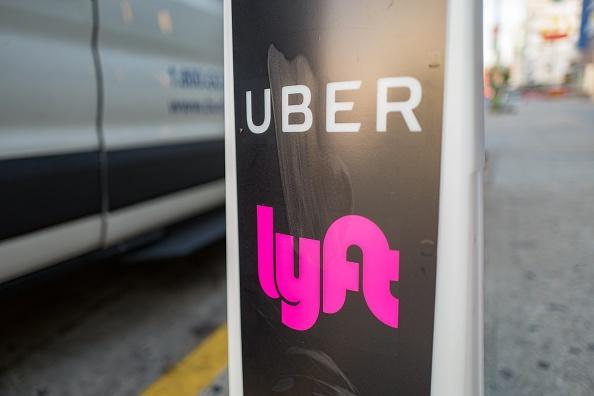Tech companies such as Uber recently took a public stand against systemic racism and called out police brutality through their app’s new features, TODAY reports.
However, the company’s values along with another ride-hailing company, Lyft, are being called into question after a new study showed the two companies’ algorithms charge higher rates for customers traveling to non-white neighborhoods, Salon reports.
The study’s research showed a data set of over 100 million trips taken in Chicago, IL between November 2018 and December 2019 that proved while “demand and speed” have the highest correlation with ride fares, Complex reports, various forms of social bias are also present for riders traveling to and from certain neighborhoods.
According to the study — conducted by researchers Aylin Caliskan and Akshat Pandey at George Washington University in Washington D.C. — research showed that the ride-hailing companies charged a higher price per mile for trips where the destination or pick-up points had a “higher percentage of non-white residents, low-income residents or high education residents.”
In their conclusion, Caliskan and Pandey wrote:
“While demand and speed have the highest correlation with ride-hailing fares, analysis shows that users of ride-hailing applications in the city of Chicago may be experiencing social bias with regard to fare prices when they are picked up or dropped off in neighborhoods with a low percentage of individuals over 40 or a low percentage of individuals with a high school diploma or less.”
The two researchers stressed the importance of this study at the beginning of their paper stating “fare prices for ride-hailing services are dynamic, calculated using both the length of the requested trip as well as the demand for ride-hailing services in the area.”
According to the study, Uber uses machine learning models and forecasting based on previous demand to determine the demand for rides.
“While the use of machine learning to forecast demand may improve ride-hailing applications’ ability to provide services to their riders, machine learning methods have been known to adopt policies that display demographic disparity in online recruitment, online advertisements, and recidivism prediction,” the study states.
According to Complex, in response to the newly published study, a representative for Uber shared:
“the company commends studies of this type, stating that they can help brands grasp a deeper understanding of the effects of dynamic pricing. However, they also added that – in their opinion – other contributing factors were not considered including “trip purposes, time of day, and land-use/neighborhood patterns.”
A representative for Lyft also responded to the claims in Salon’s recent article stating:
“This analysis is deeply flawed. The researcher acknowledges that the study was not based on actual demographic data of rideshare users. In fact, the study makes clear that speed and demand have the highest correlation with algorithmically generated fares and that individual demographic data is neither available to rideshare companies nor used in the algorithms that determine pricing. There are many factors that go into dynamic pricing — race is not one of them. We appreciate the researchers’ attempt to study unintentional bias, but this study misses the mark.”
If there’s truth to these studies, hopefully, there will be changes made as a result that will make the world a better place in the future.

